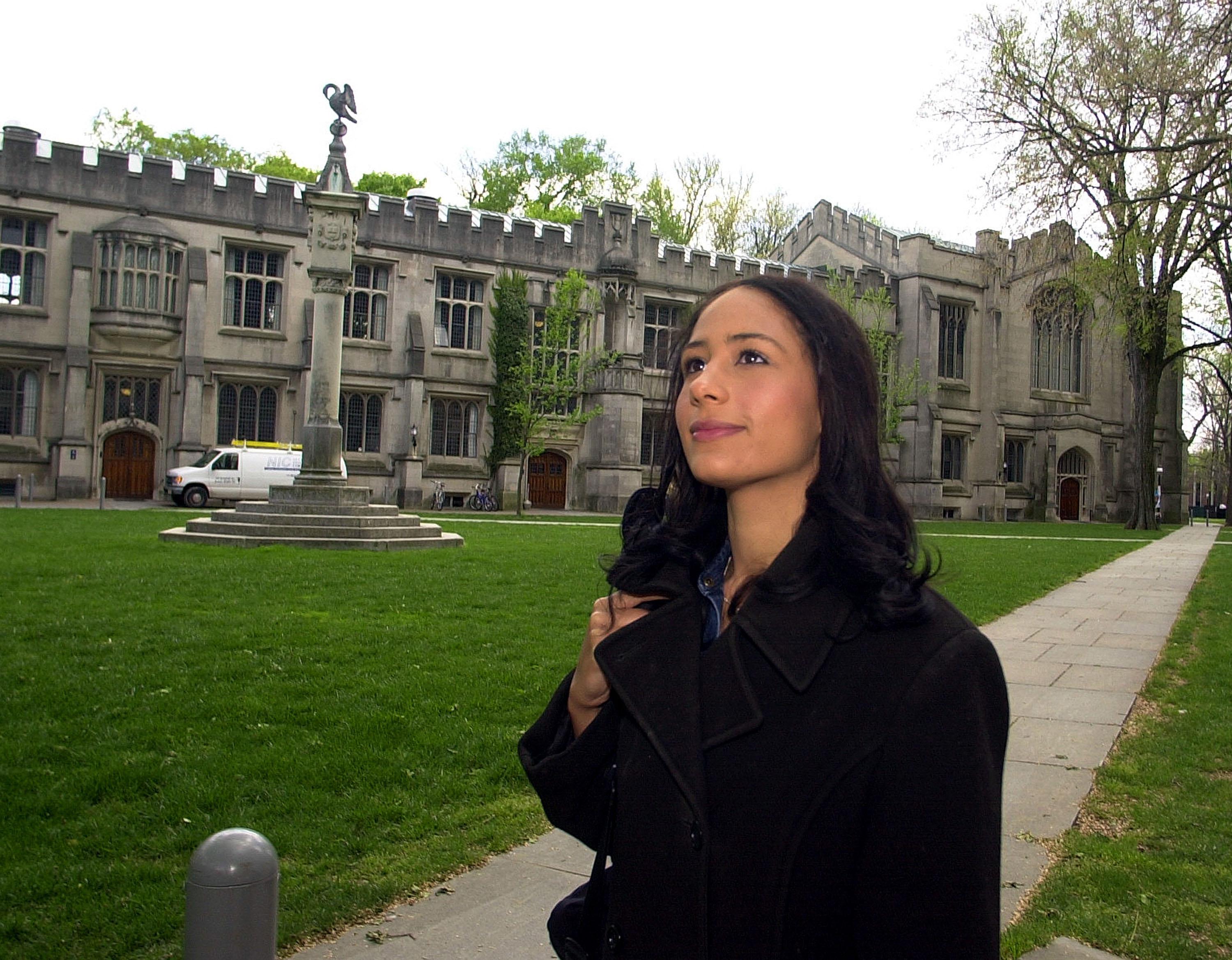If I told you that smart kids from low-income households get screwed by the college admissions system, you’d no doubt believe me. But what’s surprising is that they don’t quite get screwed in the way you’d think. When I wrote a column about the latest research on this, I focused on the fact that most kids from the top decile of standardized test achievement but the bottom quartile of the income distribution don’t even apply to any selective colleges. Some folks who read that said, well, of course they don’t because they’d have a hard time getting in or a hard time affording it. But one of the striking findings of the paper is that those kids who do apply to a full set of selective colleges are just as likely to be admitted as kids from higher income brackets. Even more telling, they’re just as likely to enroll and graduate as kids from higher income brackets. The graduation data strongly suggests that it’s not an affordability issue as such. And in fact a slightly updated version of the paper that’s now available makes this clear:
As you can see above, the actual tuition charged to a low-income student is substantially lower at more selective schools than at less selective ones even as the instructional spending per student is higher. That’s because in America the most selective schools are also generally the richest ones. They can afford to be more generous with scholarships and also spend more on teaching.
The problem really does seem to quite literally be that most low-income kids and their families are not well-informed about the situation. They don’t know personally what kind of SAT or ACT scores are good enough to go to a selective college, they don’t know which selective colleges are appropriate for someone with their test scores to apply to, they don’t know the strategic logic of “safety schools” and “reaches”, they don’t know about need-blind admissions policies, and they don’t have any social acquaintances who can inform this. Isn’t this what school guidance counselors are supposed to be for? Indeed it is! But they’re seemingly not doing a very good job, nor are the recruiting arms of selective schools.
The good news here is that the problem seems relatively easy to solve in the scheme of things. What’s more, progress toward solving the problem should create momentum. Every time a kid from a low-income household succeeds in playing the admissions game correctly, that creates a chain of aquaintances and family members back in the old neighborhood who may have learned something.
However, we’re seeing a real cost here to America’s relatively complicated and decentralized system. A more centralized system in which everyone takes the Official College Entrance Test and then receives a letter from the government informing them of their score-based options and income-based financial aid would have some problems, but could be a boon to working class kids.
